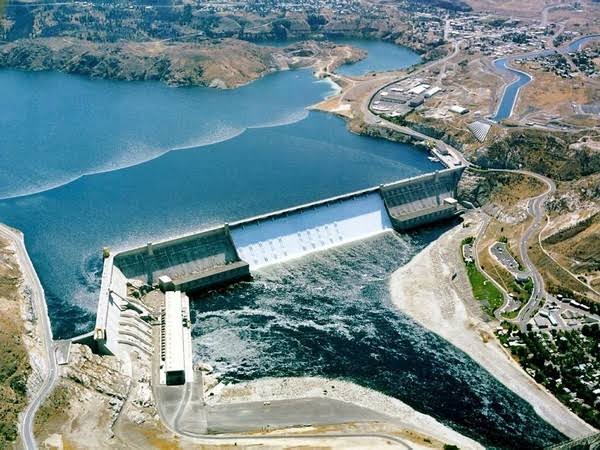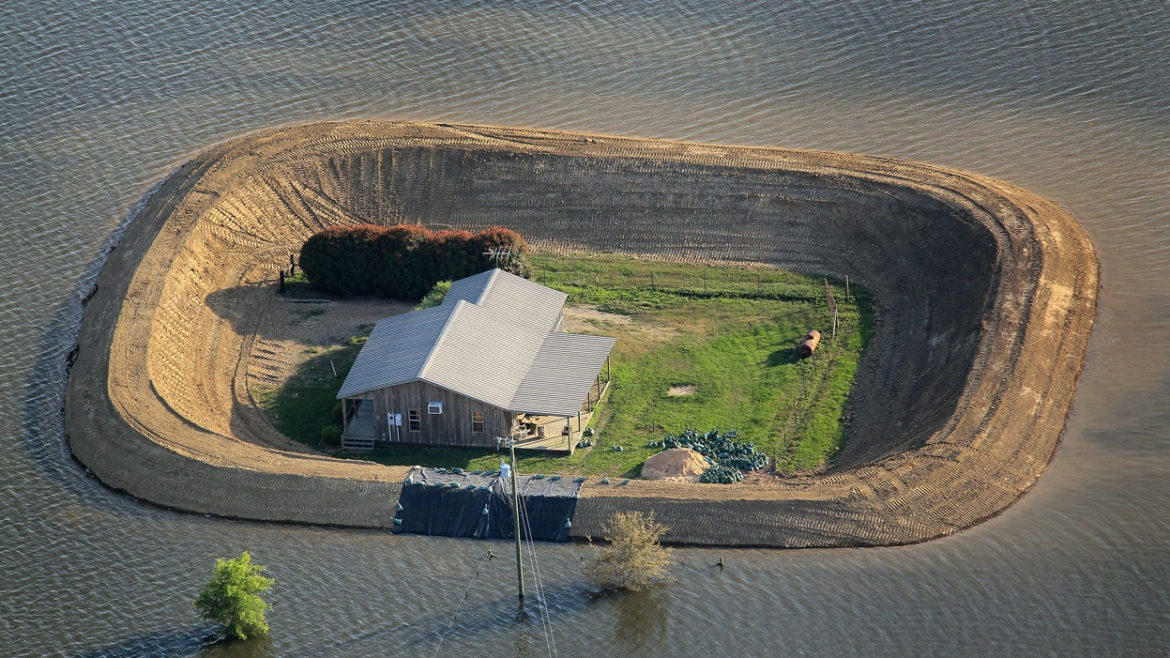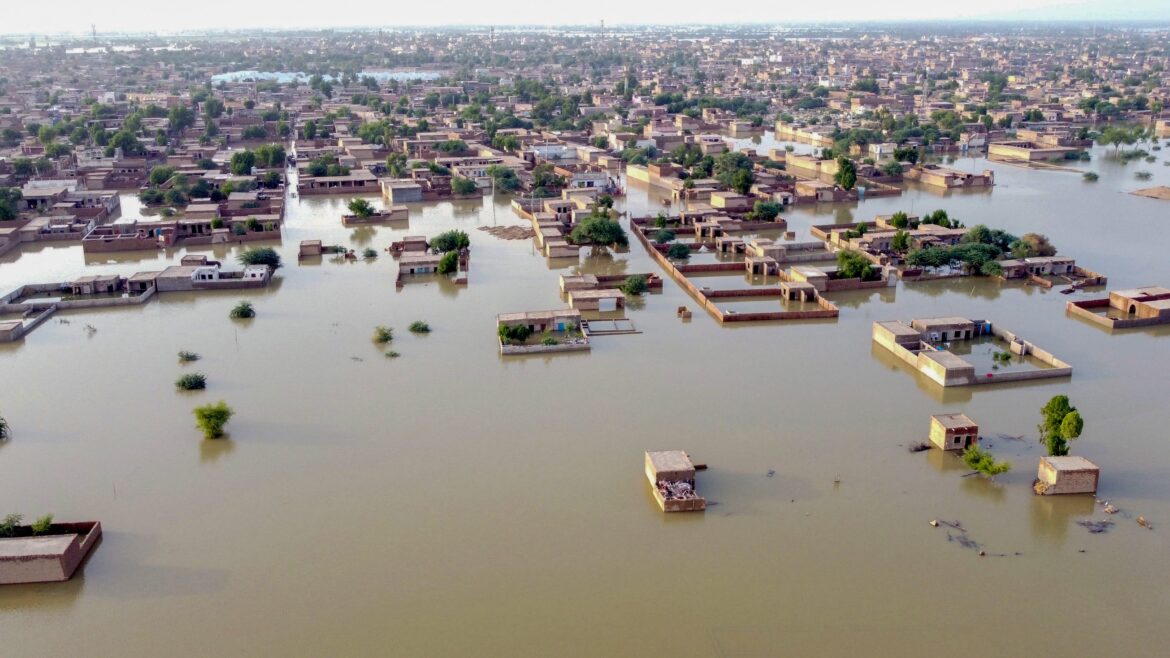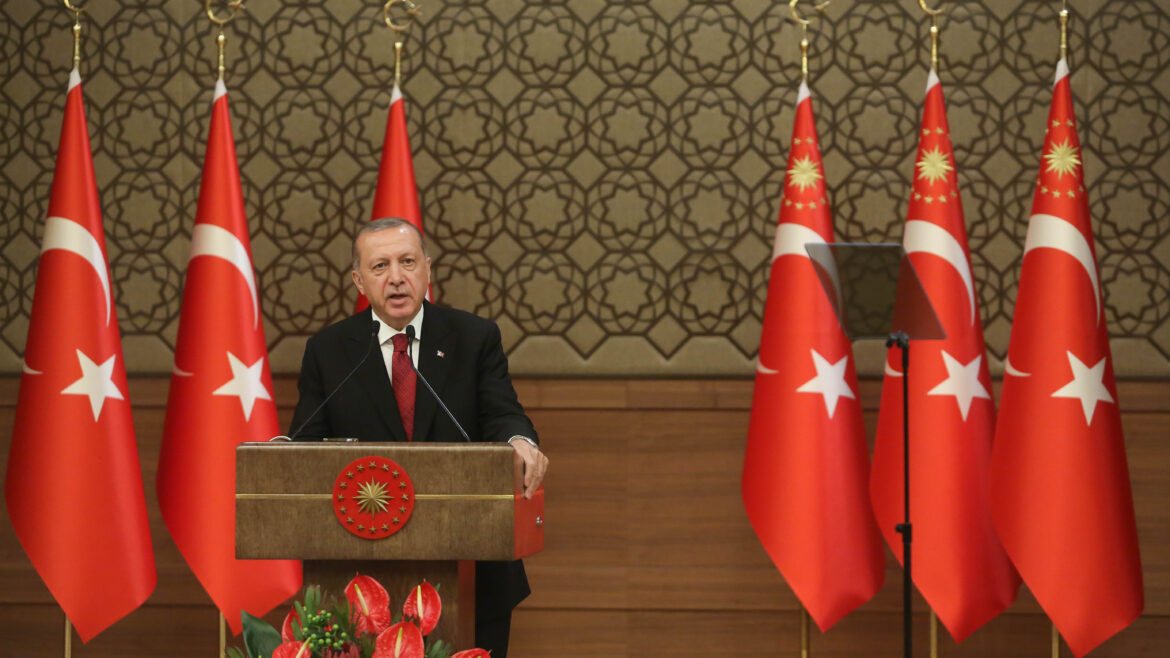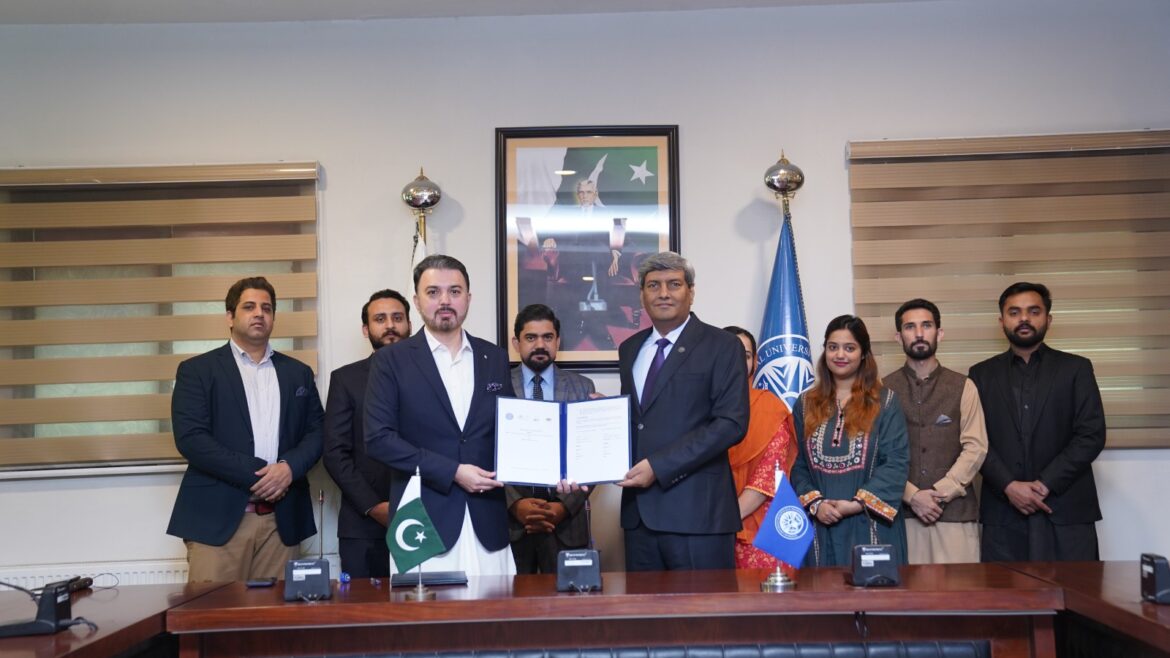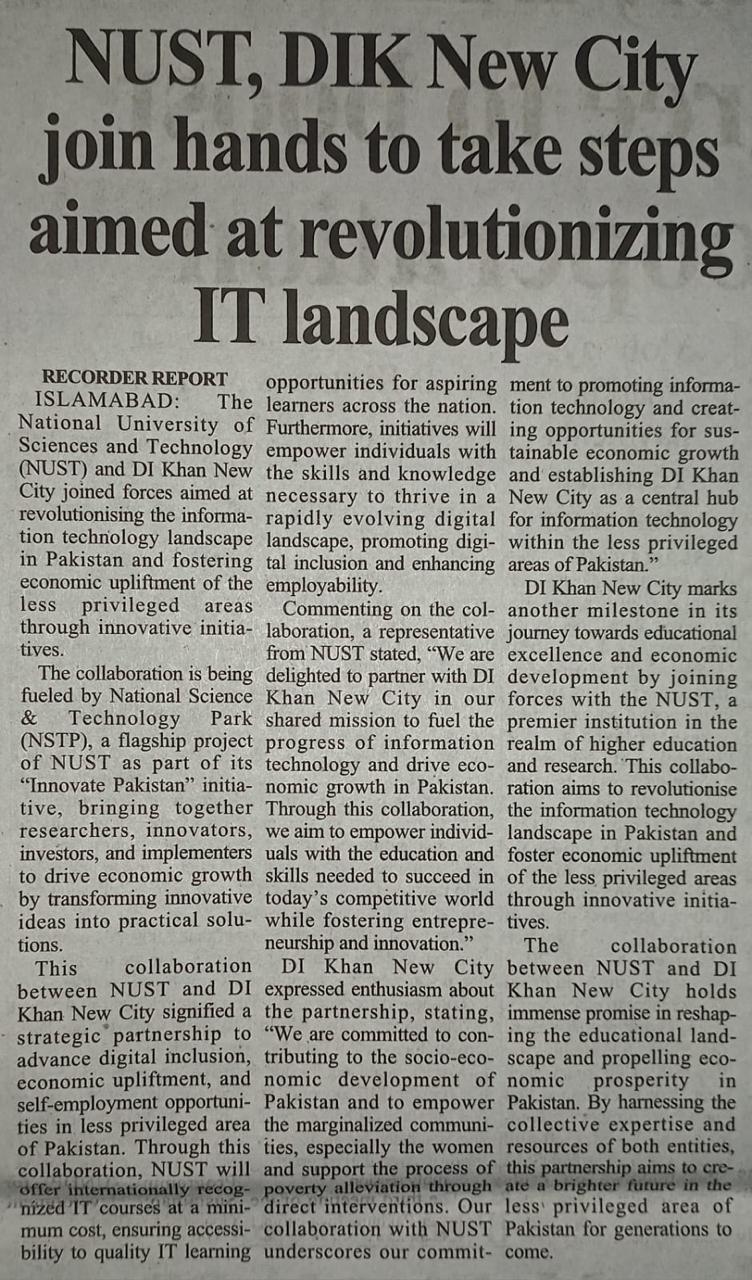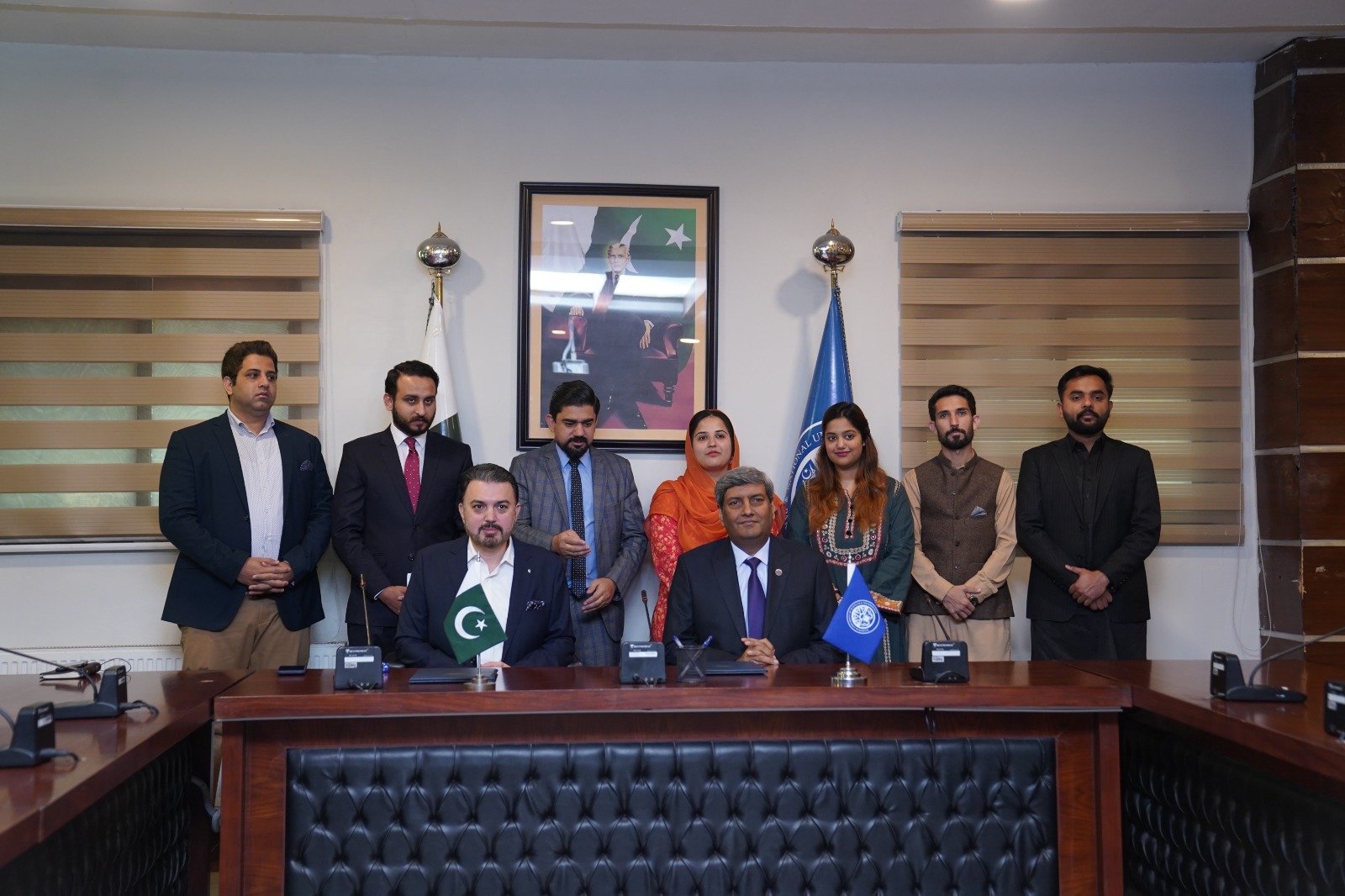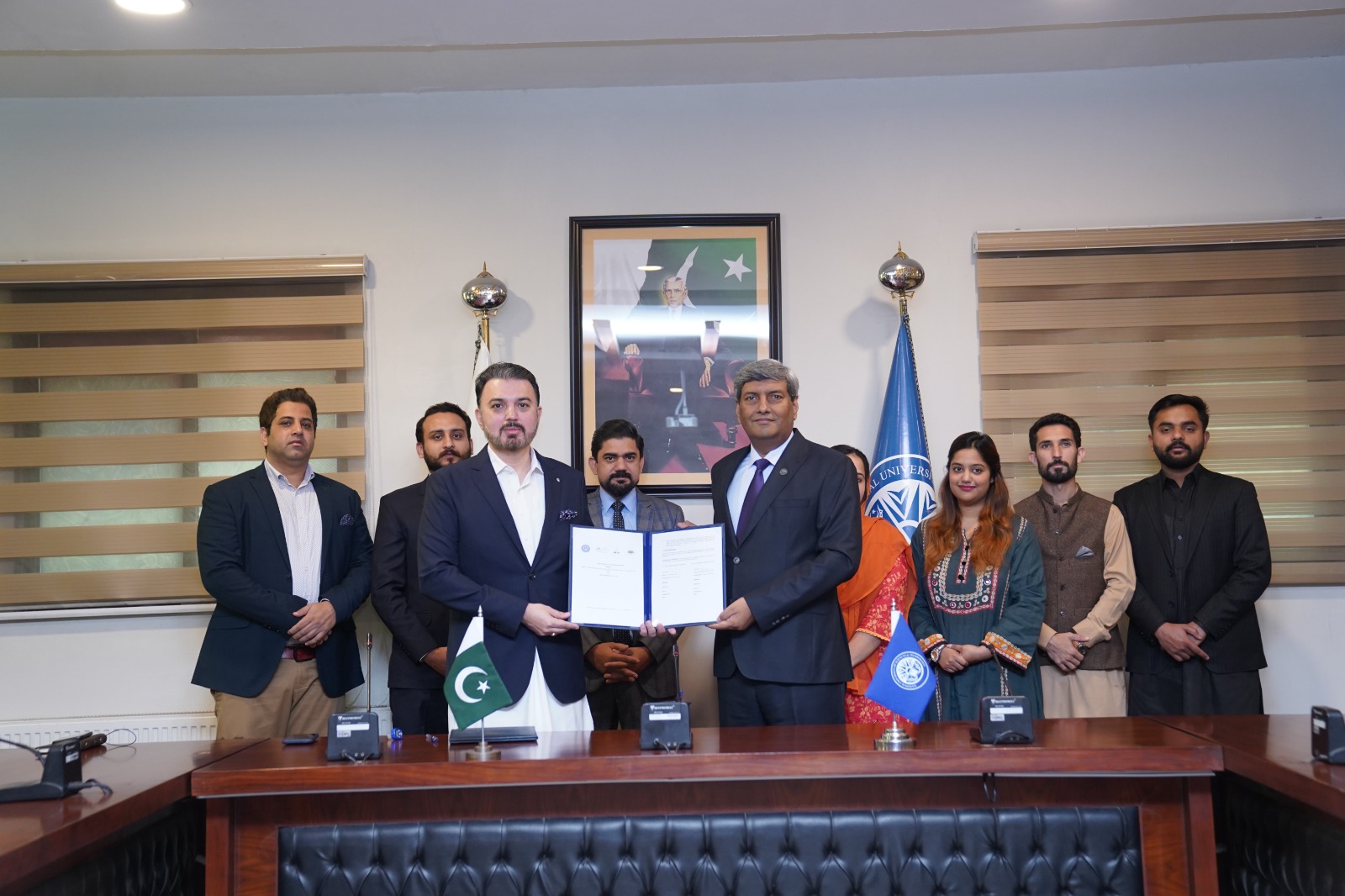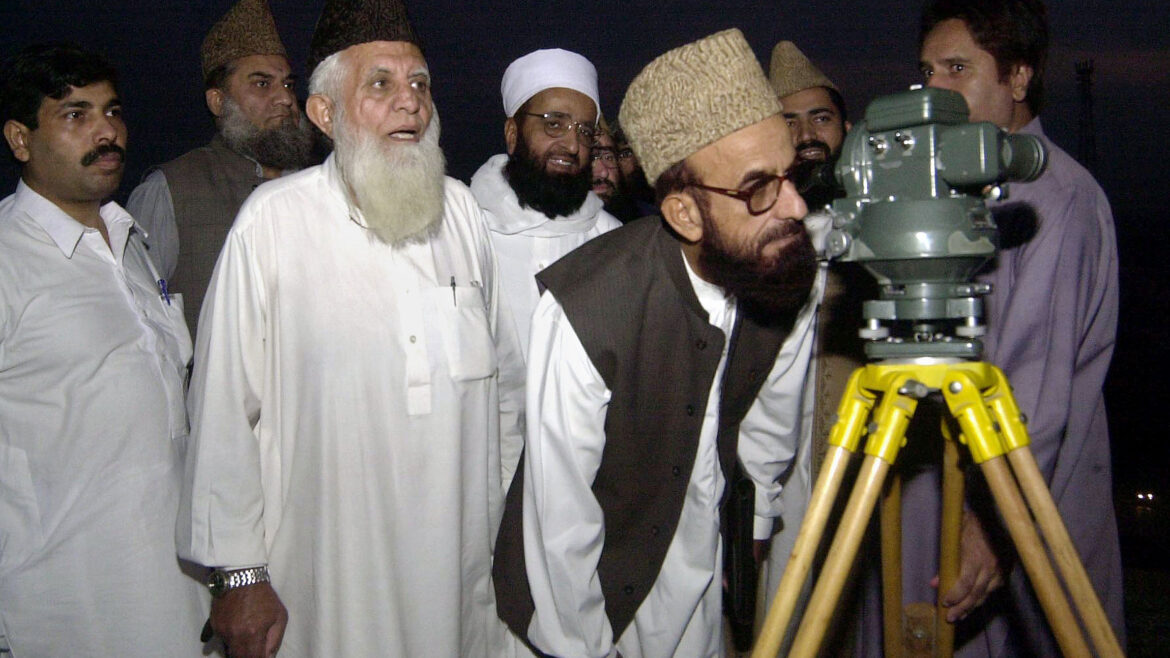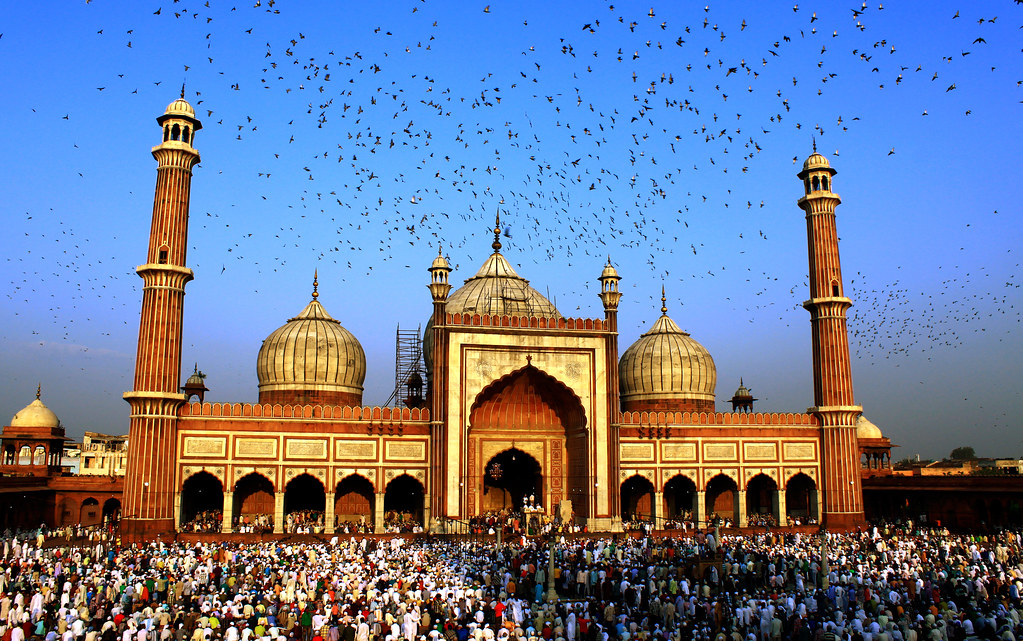Pakistan has formally reached out to Saudi Arabia for financial assistance amounting to $3.5 billion to support the Diamer-Bhasha Dam project, a critical infrastructure endeavor. Saudi authorities will deliberate on this appeal in consultation with their financial advisors, with a decision expected in approximately 1.5 to 2 months.
Amidst the challenging landscape of 2024, Pakistan secured loans totaling $6.9 billion from various international sources. With the estimated cost of the Diamer-Bhasha Dam project standing at $8 billion, Pakistan aims to secure $4 billion from external funding sources.
In the proposed financing arrangement with Saudi Arabia, Pakistan seeks $2.3 billion as a concessional loan, featuring an interest rate of 2.25 percent and a repayment period of 25 years, with a grace period of 6 years. Additionally, Pakistan requests $1.2 billion as an equity investment in the project, with repayment terms linked to the borrowing costs of the United States government over a 10-year period, currently at 4.45 percent.
The financing structure for the Diamer-Bhasha Dam project entails a significant portion of 30 percent as equity investment, supplemented by 70 percent in the form of loans. This project holds immense significance for Pakistan, representing one of the most substantial dam initiatives in the nation’s history.

